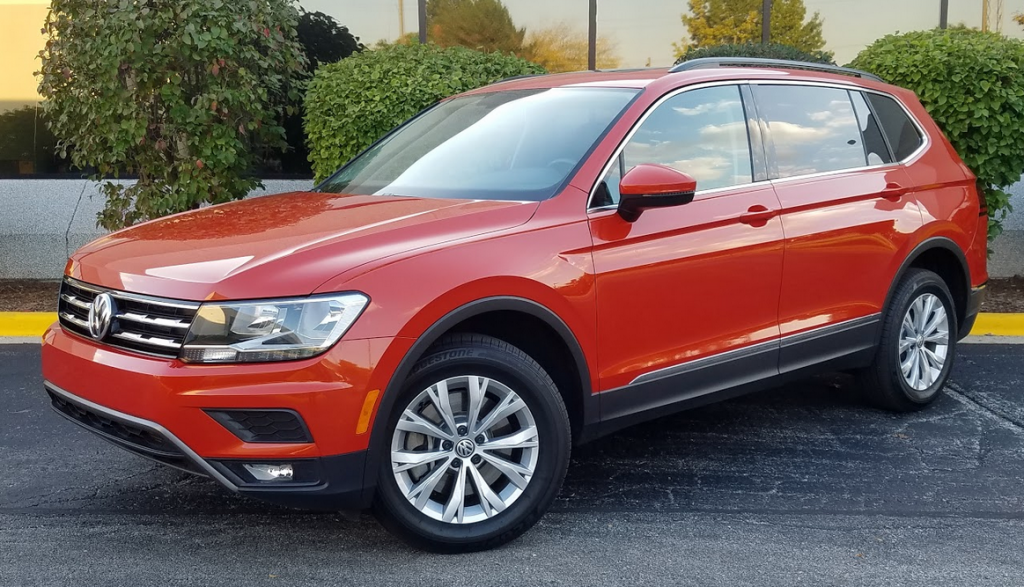
 2018 Volkswagen Tiguan 2.0T SE w/4Motion
2018 Volkswagen Tiguan 2.0T SE w/4Motion
Class: Compact Crossover SUV
Miles driven: 326
Fuel used: 13.8 gallons
Real-world fuel economy: 23.6 mpg
Driving mix: 60% city, 40% highway
| CG Report Card | |
|---|---|
| Room and Comfort | B+ |
| Power and Performance | C+ |
| Fit and Finish | B+ |
| Fuel Economy | B+ |
| Value | B+ |
| Report-card grades are derived from a consensus of test-driver evaluations. All grades are versus other vehicles in the same class. Value grade is for specific trim level evaluated, and may not reflect Consumer Guide's impressions of the entire model lineup. | |
| Big & Tall Comfort | |
| Big Guy | B+ |
| Tall Guy | A- |
| Big & Tall comfort ratings are for front seats only. "Big" rating based on male tester weighing approximately 350 pounds, "Tall" rating based on 6'6"-tall male tester. | |
EPA-estimated fuel economy: 21/27/23 (city, highway, combined)
Base price: $31,080 (not including $900 destination charge)
Options on test vehicle: Special paint ($295), panoramic sunroof ($1200)
Price as tested: $32,625
Quick Hits
The great: Excellent rear-seat legroom and cargo space, nicely balanced road manners
The good: Classy interior materials, clean control-panel layout
The not so good: Lackadasical off-the-line acceleration
More Tiguan price and availability information
John Biel
It’s bigger and, in a number of areas, it’s better. It’s the 2018 Volkswagen Tiguan.
VW has replaced its long-serving compact SUV with a second-generation model on a 10.6-inch-longer platform. As a result, there’s more cargo room and space for an available third-row seat. New styling and added technology features are part of the bargain as well. (If you liked the Tiguan just the way it was, fear not: The original design is still being sold as the Tiguan Limited.)
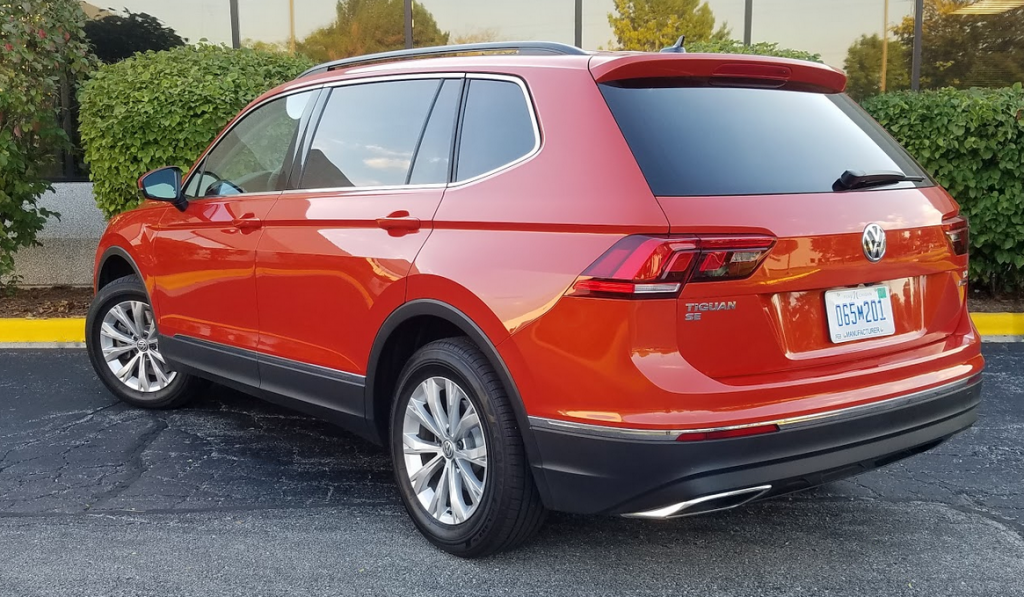
First Spin: 2018 Volkswagen Tiguan
The ’18 Tiguan comes in four trim levels, each available with front- or all-wheel drive, the latter at a $1300 premium. Consumer Guide® sampled an SE—the first step up from the entry-level S—with 4MOTION all-wheel drive. Its starting price of $30,230 buys 17-inch alloy wheels, automatic headlights, heated power-adjustable mirrors with integrated turn signals, black roof rails, dual-zone automatic climate control, a leather-wrapped steering wheel on a tilt and telescoping column, leatherette upholstery, heated front seats, a power 10-way-adjustable driver’s seat, sliding and reclining second-row seats, carpeted floor mats, keyless access and starting, AM/FM/HD radio with CD player and satellite radio, 8-inch touchscreen, voice control, Bluetooth connectivity, and VW Car-Net with smartphone-app integration and driver-assistance services.
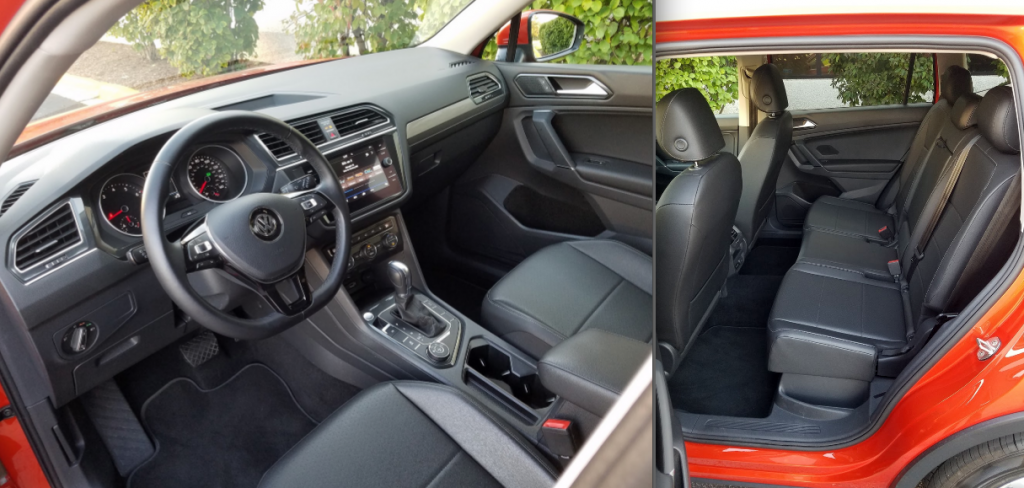
On the safety front, SEs come standard with forward-collision warning and autonomous emergency braking with front pedestrian monitoring, blind-spot monitor, and rear cross-traffic alert. With Habanero Orange metallic paint, a panoramic sunroof, and delivery added to the vehicle, the final price worked out to $32,625. Had the third-row seat been included—it is standard on front-drive Tiguans but optional on AWDs—the tab would have been $500 greater.
Regardless of which trim level or drive system a buyer selects, it will include a 2.0-liter turbocharged 4-cylinder engine hooked to an 8-speed automatic transmission. The engine in the 2018 Tiguan makes 184 horsepower, which is a 16-horse reduction from the turbo 2.0 in the first-gen job. The trans replaces a 6-speed unit.
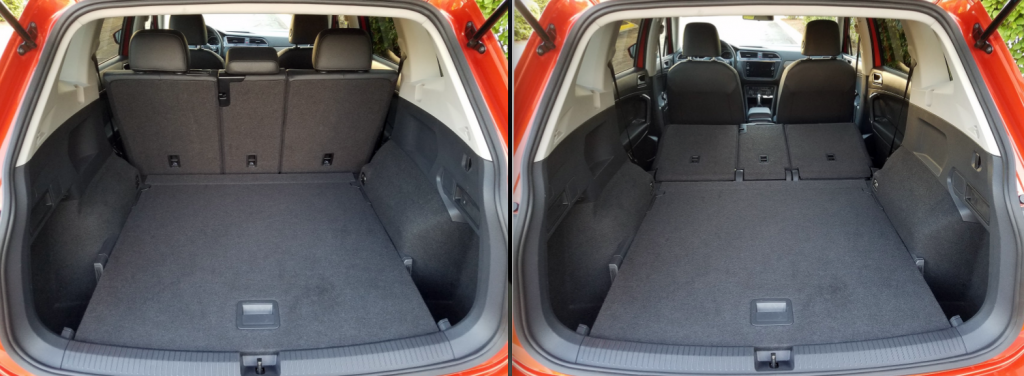
The 4MOTION system has four driver-selectable modes to tailor powertrain operation to the terrain: “On-road,” “Snow,” “Off-road,” and “Custom off-road.” This driver’s urban commuting didn’t require anything but the On-road setting, but within that there are “Eco,” “Normal,” “Sport,” and “Custom” options that modify calibrations for throttle response and transmission operation. In Normal mode, the Tiguan powertrain won’t leave you muttering “C’mon, you stubborn little burro” (or whatever is your preferred form of admonishment) away from stoplights, but it’s only adequate. Twisting up Sport mode on the console dial sharpens performance just enough to be noticed. A small oddity about the accelerator is that it seems to catch down near the floor before going the last little bit of the way for full acceleration. Still, the Tiguan cruised easily (and fairly quietly) on open expressways when sustained speed was possible.
If the engine in the new Tiguan surrenders some power, it seemingly does so in exchange for better gas mileage. EPA estimates for the 2018 all-wheel-drive configuration are 21 mpg in the city, 27 mpg on the highway, and 23 combined. This reviewer’s run of 192 miles included 45 percent city-type driving and averaged 24.6 mpg—solidly above the combined-mileage projection.
Ride comfort is a plus. It’s pleasingly absorbent without getting too soft. Handling is well composed, and selecting Sport mode firms up the steering enough for a better-than-average sense of control.
Test Drive: 2018 Chevrolet Equinox 2.0T
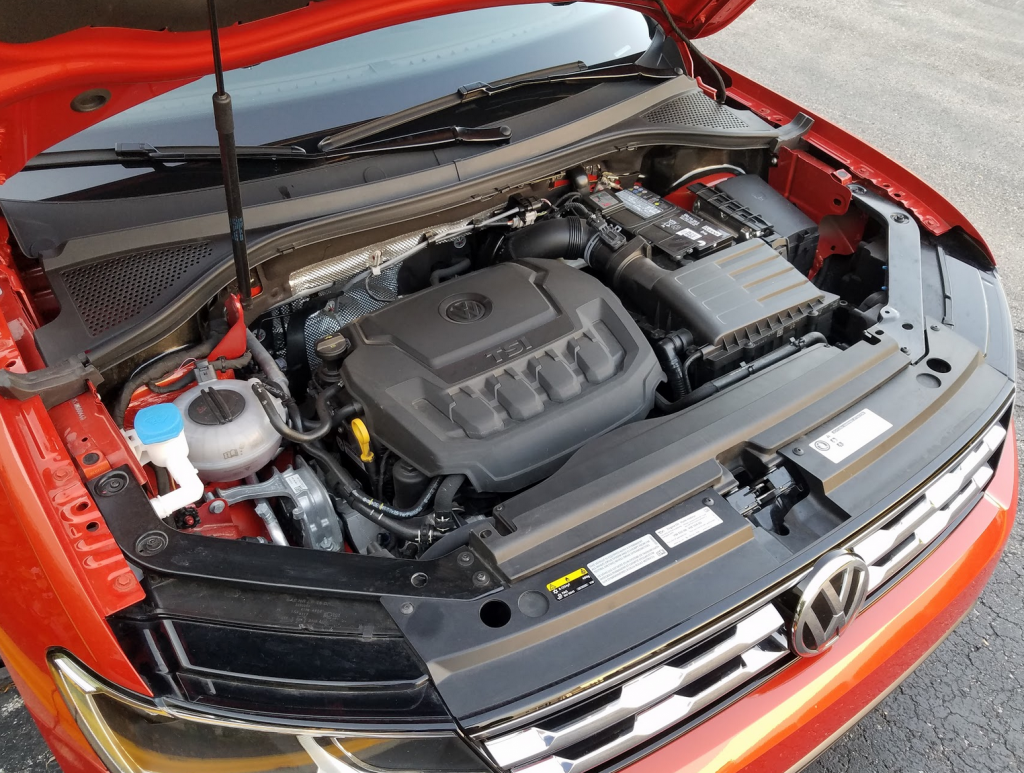
Interior room also scores points, particularly in back, where there’s nice legroom, even with the front seats back a bit. Still, two adults is the reasonable limit for rear-seat occupancy. Note, though, that the optional sunroof commandeers some headroom, especially over the back seat. Drivers will find good vision to practically any point. Entry and exit through all four doors are easy.
The cargo floor in the tested 2-row version loaded flat at bumper height. Wheel houses are minimally intrusive, so the floor width stays uniform. Deep open bins handy for corralling incidentals are found at the rear corners, and there’s some additional space for small items under the floor around the spare. The rear seats split 60/40, and when they’re down, cargo room goes from pretty good to great. The seats fold flat, but they leave a gap of an inch or more between them and the main cargo floor.
The SE has pliable soft-touch material on a considerable portion of the dash—even around the audio display screen—and on much of the front door panels. However, the only soft areas on the rear doors are the surfaces of the armrests.
As for controls, setting up radio presets requires one more button push than seems necessary (it’s not enough to simply tune to a station and select it to be saved—you have to click to activate the station first), but otherwise the process is pretty direct. The climate system has separate dials for temperature settings and fan speed, with buttons for other functions (some of which are in the faces of the temp/fan dials). Unfortunately, the icons on the function buttons can be a little hard to see easily at night.
A big glove box houses the CD player. Other front-row storage consists of a small console box, a little pull-out bin to the left of the steering column, 2 open cup holders, and door pockets each with room for a bottle. Device inputs are found under the dash at the front of the console. Rear passengers can make use of pouches on back of the front seats, door pockets similar to those in front, cup holders in the pull-down center armrest, and a USB port and power point on the back of the console.
An up-to-date Tiguan certainly is timely, with lots of fine choices already in the compact-SUV arena. It’s comparable in price and power with high-profile entries like the Honda CR-V and Toyota RAV-4, and the availability of a third-row seat makes it a consideration against the Nissan Rogue and Mitsubishi Outlander.
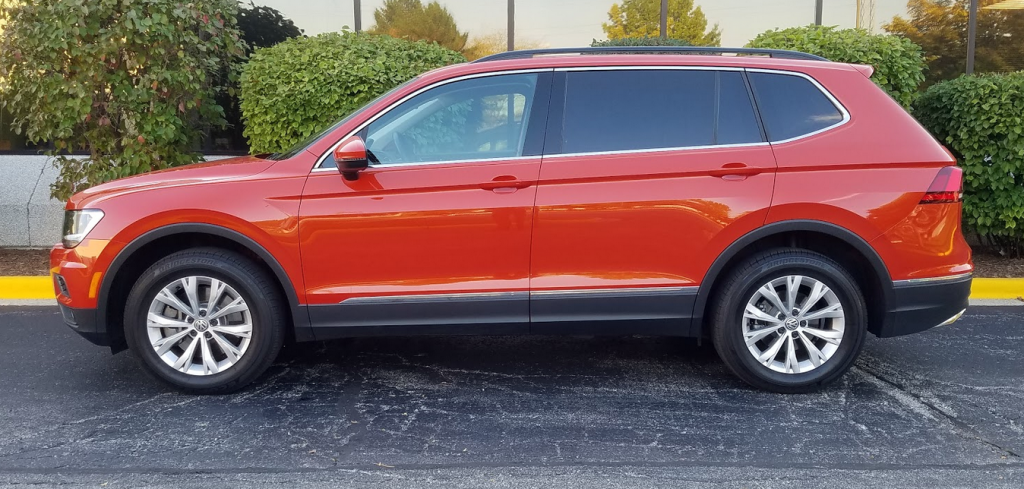

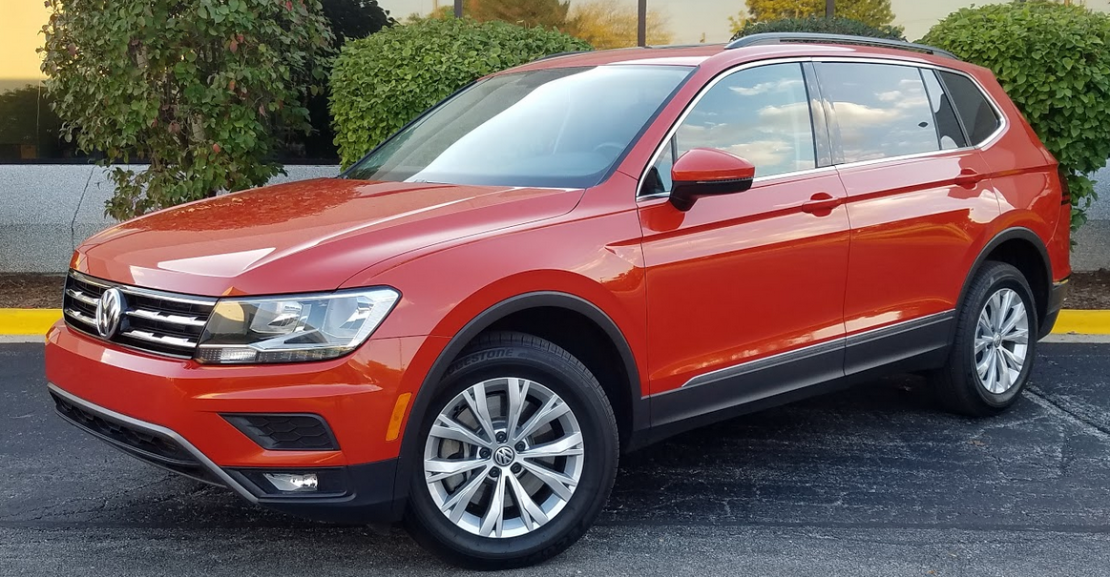
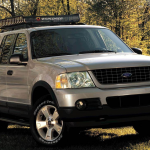
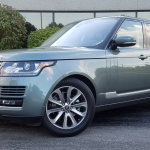
Love ❤️ my ’19 sel premium 4motion…good handling and decent power, roomy and comfortable interior, quiet and smooth ride, good gas ⛽️ mileage…